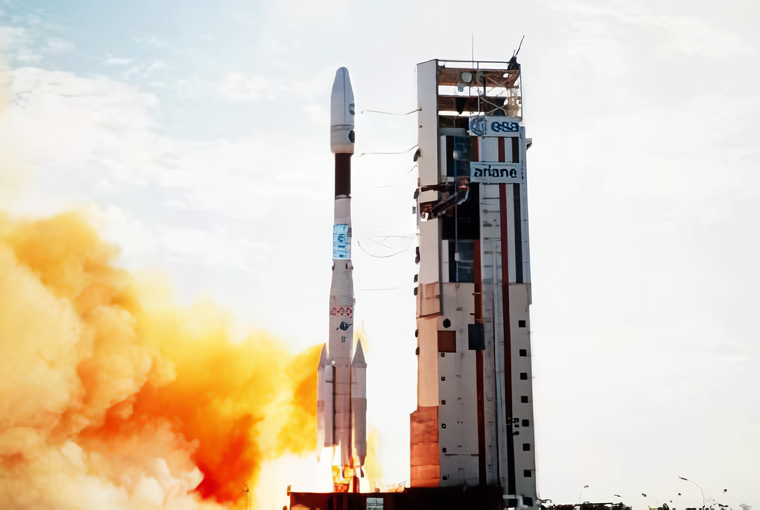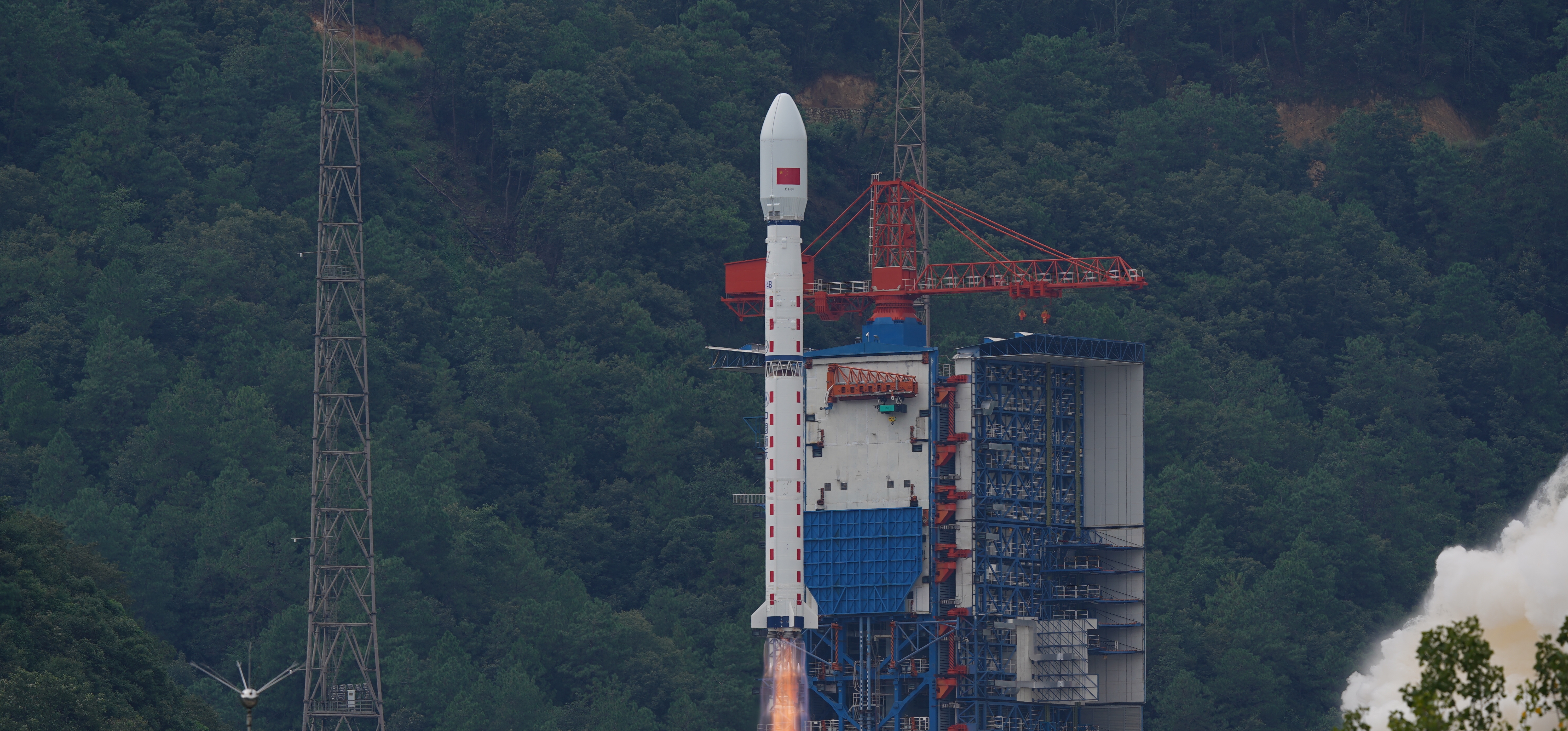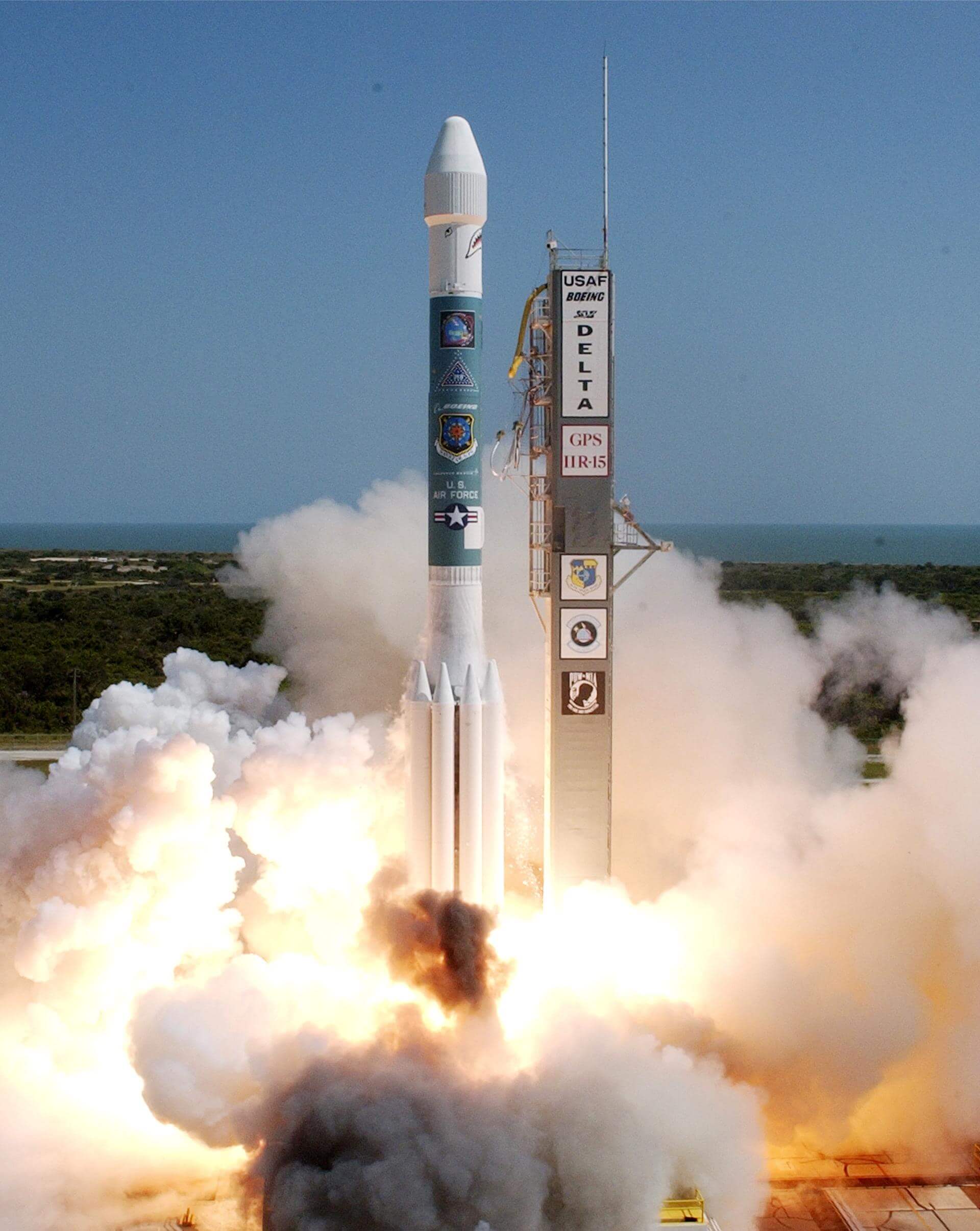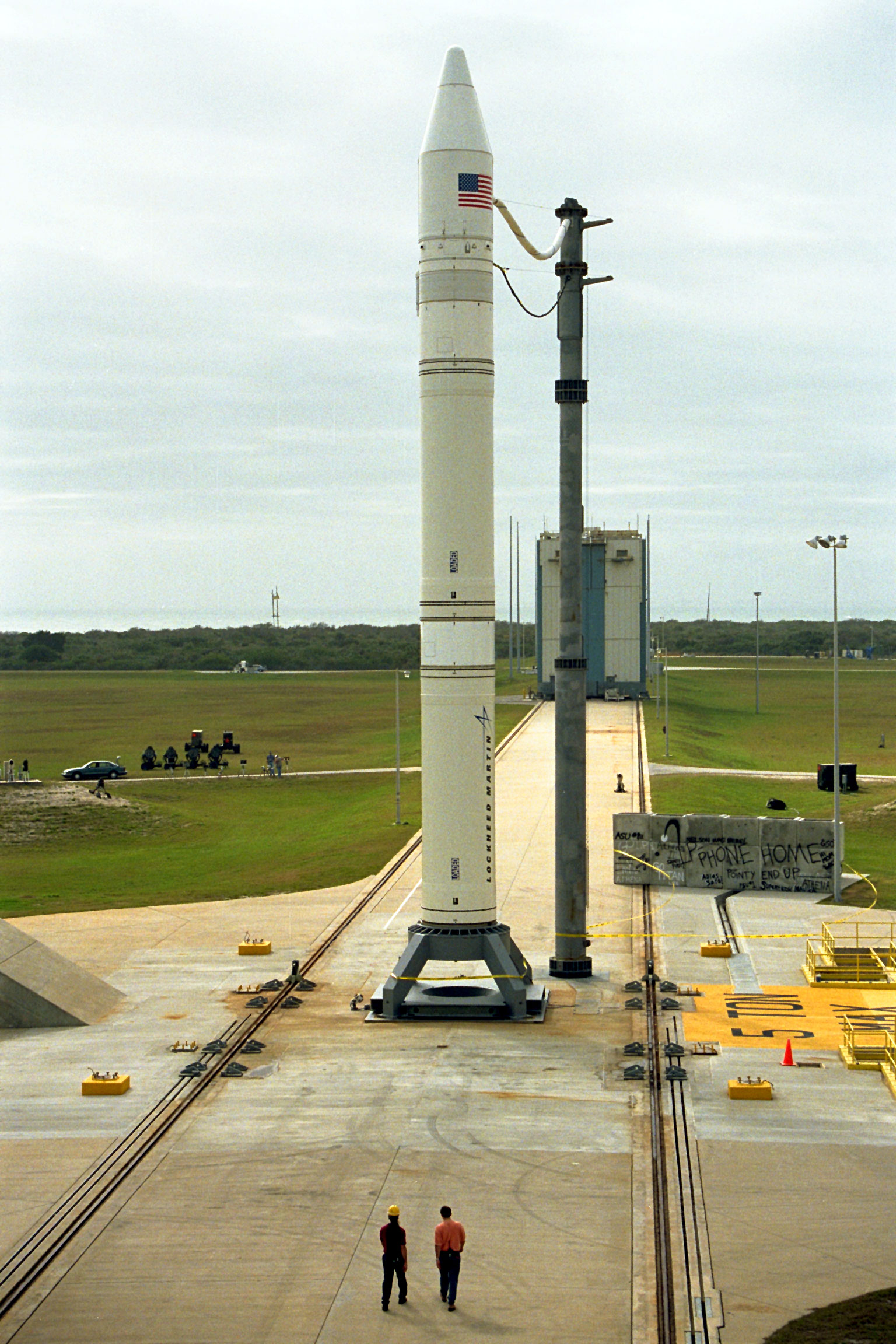Previous Spaceflight Launches
Filter by Agency, Locations or Vehicles
Show All LaunchesProton | Ekspress-A No. 1
Khrunichev State Research and Production Space Center | RussiaBaikonur Cosmodrome, Republic of Kazakhstan
Oct. 27, 1999, 4:16 p.m.
Status: Launch Failure
Mission:
Express-A satellites are designed for operation in the fixed satellite service. Their transponder payloads make it possible to retransmit all types of traffic, including television and radio programming, telephony, data, videoconferencing as well as high-speed Internet.
Geostationary OrbitAriane 44LP | Orion 2
Aérospatiale | FranceGuiana Space Centre, French Guiana
Oct. 19, 1999, 6:22 a.m.
Status: Launch Successful
Mission:
Built by Space Systems/Loral (SS/L), Orion 2 features 36 high-powered Ku-band transponders. It was launched into the orbital slot located at 15 degrees west longitude, where in-orbit testing will be conducted. Loral was in negotiations with Eutelsat, also a satellite services provider, to complete coordination of the Orion 2 satellite with the Eutelsat spacecraft in the region.
Geostationary OrbitSoyuz-U-PVB | Globalstar 31,56,57,59
Progress Rocket Space Center | RussiaBaikonur Cosmodrome, Republic of Kazakhstan
Oct. 18, 1999, 1:32 p.m.
Status: Launch Successful
Mission:
The Globalstar global mobile communications network offers global, digital real time voice, data and fax via a constellation of 48 minisatellites. The constellation operates in a 1410 km orbit inclined at 52 degrees, and will also have 8 spares. The satellites were built by Space Systems Loral and Alenia Aerospazio in Rome, Italy.
Low Earth OrbitLong March 4B | Zi Yuan 1-1
China Aerospace Science and Technology Corporation | ChinaTaiyuan Satellite Launch Center, People's Republic of China
Oct. 14, 1999, 3:15 a.m.
Status: Launch Successful
Mission:
The CBERS (China Brazil Earth Resources Satellite) or ZY 1 (Zi Yuan) satellites are designed for global coverage and include cameras to make optical observations and a data collecting system to gather data on the environment. They are unique systems due to the use of on-board sensors which combine features that are especially designed to resolve the broad range of space and time scales involved in the monitoring and preservation of the ecosystem. They are operated jointly by the China Centre for Resources Satellite Data and Application (CRESDA) and the Brazilian INPE (Instituto Nacional de Pesquisas Espaciais, National Institute of Space Research).
Low Earth OrbitZenit | DirecTV-1R
Sea Launch | RussiaSea Launch
Oct. 10, 1999, 3:28 a.m.
Status: Launch Successful
Mission:
To expand channel capacity and strengthen in-orbit redundancy, DirecTV, Inc., ordered a new satellite from Hughes Space and Communications Company (HSC) in 1998. The new spacecraft, called DirecTV 1-R, is a Hughes HS-601HP model satellite scheduled that was launched in October 1999 under a delivery-in-orbit contract.
Geostationary OrbitDelta II | GPS IIR-3
United Launch Alliance | United States of AmericaCape Canaveral SFS, FL, USA
Oct. 7, 1999, 12:51 p.m.
Soyuz-U-PVB | Resurs F-1M
Progress Rocket Space Center | RussiaPlesetsk Cosmodrome, Russian Federation
Sept. 28, 1999, 11 a.m.
Proton-K/DM-2M | LMI 1
Khrunichev State Research and Production Space Center | RussiaBaikonur Cosmodrome, Republic of Kazakhstan
Sept. 26, 1999, 10:30 p.m.
Status: Launch Successful
Mission:
LMI-1 (Lockheed Martin Intersputnik) was built by Lockheed Martin Commercial Space Systems and operates at an orbital location of 75 degrees East. Equipped with 44 high-power C- and Ku-band transponders, the satellite provides high-quality and reliable fixed service telephony and direct broadcast television service.
Geostationary OrbitAriane 44LP | Telstar 7
Aérospatiale | FranceGuiana Space Centre, French Guiana
Sept. 25, 1999, 6:29 a.m.
Athena II | Ikonos
Lockheed Martin | United States of AmericaVandenberg SFB, CA, USA
Sept. 24, 1999, 6:21 p.m.
Status: Launch Successful
Mission:
Lockheed Martin Commercial Space Systems, an operating unit of Missiles & Space, has revolutionized the space-based imagery market with the development of the first commercial satellite capable of resolving objects on the ground as small as one meter in diameter. The company is providing a spacecraft, designated IKONOS 1, for Space Imaging, Thornton, CO, which offers high-resolution imagery of the Earth to customers around the world.
Polar Orbit







